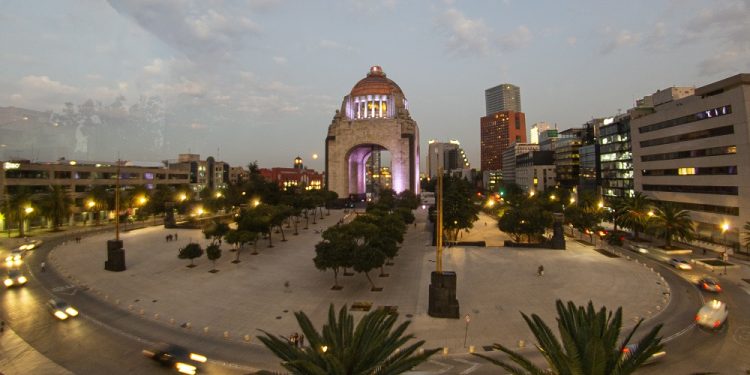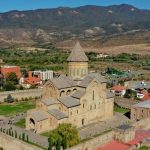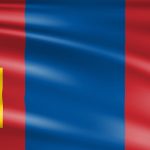
Revolution Day (Mexico)
Revolution Day is an official holiday in Mexico and is observed annually on the 20th of November. In Spanish, this holiday is known as Día de la Revolución. This holiday celebrates the anniversary of the beginning of the Mexican Revolution—a struggle that lasted for approximately 10 years and resulted in Army General José de la Cruz Porfirio Díaz Mori being overthrown.
It’s a day that’s celebrated with “Viva México” and “Viva la Revolución!” It’s also a holiday on which people enjoy traditional Mexican foods and watch or participate in one of the many parades held all over the country. In other words, it’s a day of celebration and jubilance.
The Beginning of the Mexican Revolution
The best way to understand the Mexican Revolution is to view it as a series of armed struggles that lasted over ten years—from 1910 to 1920. This revolution ended up not only transforming the Mexican government but, in many ways, it also changed Mexican culture.
This revolution began as a result of the unpopularity of Porfirio Díaz. Many people in Mexico were dissatisfied with his 31-year reign, as well as his inability to find a solution to the issue of presidential succession. The result was a struggle for power between many of the country’s elites, and this set the stage for insurrection.
On November 20, 1910, armed conflict broke out in northern Mexico. This conflict was led by wealthy landowner (and presidential challenger to Porfirio Díaz that year) Francisco Madero, Pascual Orozco, and Pancho Villa.
Using funds that they sourced from organized labor, the middle class, and even the peasantry, these Maderista forces were able to pursue a northern military campaign that eventually ended with the capture of Ciudad Juárez in the spring of 1911. The northern campaigns in 1911 forced out Porfirio Díaz, and he signed the Treaty of Ciudad Juárez.
This treaty put an end to the armed conflicts, and Porfirio Díaz went into exile. New elections were to start in the fall of that year, and Francisco León de la Barra would become the interim president. In October of 1911, Madero would win the office of president—an office that he would take in November of that year.
Francisco Madero’s presidency wasn’t without its controversies, however, and opposition began against it. He was seen as too conservative for revolutionary leaders and as too liberal by conservatives. This resulted in a series of events known as the Ten Tragic Days in 1913.
During these events, President Francisco Madero and Vice-President Pino Suárez were forced to resign and then were assassinated. General Victoriano Huerta, backed by U.S. Ambassador Henry Lane Wilson and various business interests, would remain in power until July 1914.
This is when Pancho Villa, Emiliano Zapata, and other regional revolutionary forces forced him out. From 1914 through 1920, various armed conflicts happened until Álvaro Obregón was sworn in as president in 1920.
Observing Revolution Day
Observing this holiday is done with parades, shouts of “Viva México” and “Viva la Revolución!” as well as traditional Mexican food served up by street vendors. People can also use the hashtag #RevolutionDay to spread the word about the holiday.








